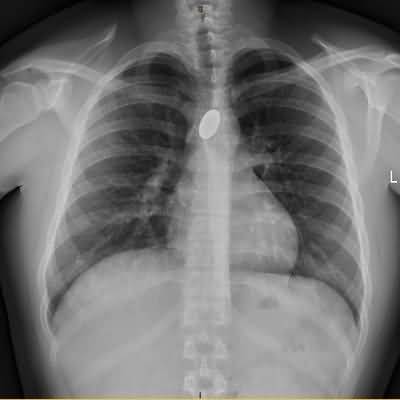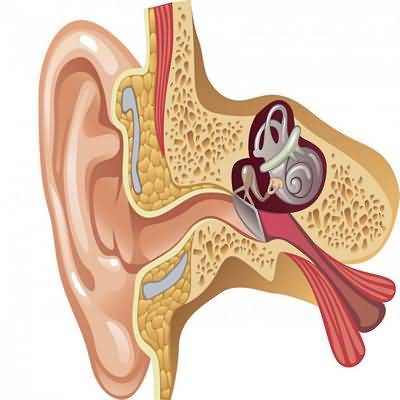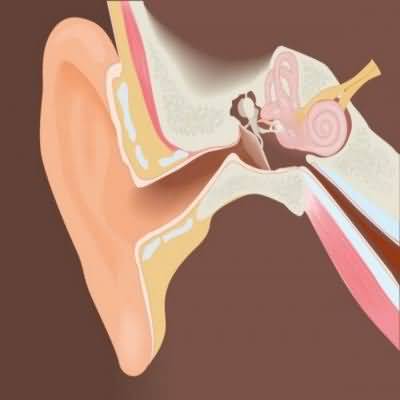Chronic glaucoma
Chronic glaucoma
General Considerations
Chronic glaucoma is characterized by gradually progressive excavation (“cupping”) of the optic disk with loss of vision progressing from slight visual field loss to complete blindnessIn chronic open-angle glaucoma, primary or secondary, intraocular pressure is elevated due to reduced drainage of aqueous fluid through the trabecular meshwork
In chronic angle-closure glaucoma, which is particularly common in Inuits and eastern Asians, flow of aqueous fluid into the anterior chamber angle is obstructed
In normal-tension glaucoma, intraocular pressure is not elevated but the same pattern of optic nerve damage occurs
Primary (chronic) open-angle glaucoma is usually bilateral
There is an increased prevalence in first-degree relatives of affected individuals and in diabetic patients
In Afro-Caribbeans and Africans, and probably in Hispanics, it is more frequent, occurs at an earlier age, and results in more severe optic nerve damage
Secondary open-angle glaucoma may result from ocular disease, eg, pigment dispersion, pseudoexfoliation, uveitis, or trauma; or corticosteroid therapy, whether it is intraocular, topical, inhaled, intranasal or systemic
In the United States, it is estimated that 2% of people over 40 years of age have glaucoma, affecting over 2
5 million individuals
At least 25% of cases are undetected
Over 90% of cases are of the open-angle type
Worldwide, about 45 million people have open-angle glaucoma, of whom about 4.5 million are bilaterally blind
About 4 million people, of whom approximately 50% live in China, are bilaterally blind from chronic angle-closure glaucoma
Clinical Findings
Because initially there are no symptoms, chronic glaucoma is often first suspected at a routine eye testDiagnosis requires consistent and reproducible abnormalities in at least two of three parameters—optic disk or retinal nerve fiber layer (or both), visual field, and intraocular pressure
Optic disk cupping is identified as an absolute increase or an asymmetry between the two eyes of the ratio of the diameter of the optic cup to the diameter of the whole optic disk (cup-disk ratio)
(Cup-disk ratio greater than 0
5 or asymmetry between eyes of 0
2 or more is suggestive
) Detection of optic disk cupping and associated abnormali- ties of the retinal nerve fiber layer is facilitated by optical coherence tomography scans
Visual field abnormalities initially develop in the paracentral region, followed by constriction of the peripheral visual field
Central vision remains good until late in the disease
The normal range of intraocular pressure is 10–21 mm Hg
In many individuals (about 4
5 million in the United States), elevated intraocular pressure is not associated with optic disk or visual field abnormalities (ocular hypertension)
Treatment to reduce intraocular pressure is justified if there is a moderate to high risk of progression to glaucoma, but monitoring for development of glaucoma is required in all cases
A significant proportion of eyes with primary open-angle glaucoma have normal intraocular pressure when it is first measured, and only repeated measurements identify the abnormally high pressure
In normal-tension glaucoma, intraocular pressure is always within the normal range
Prevention
There are many causes of optic disk abnormalities or visual field changes that mimic glaucoma and visual field testing may prove unreliable in some patients, particularly in the older age groupHence, the diagnosis of glaucoma is not always straightforward and screening programs need to involve ophthalmologists
Although all persons over age 50 years may benefit from intraocular pressure measurement and optic disk examination every 3–5 years, screening for chronic open angle glaucoma should be targeted at individuals with an affected first-degree relative, at persons who have diabetes mellitus, and at older individuals with African or Hispanic ancestry
Screening may also be warranted in patients taking long-term oral or combined intranasal and inhaled corticosteroid therapy
Screening for chronic angle-closure glaucoma should be targeted at Inuits and Asians
Treatment
Prostaglandin analog eye drops are commonly used as first-line therapy because of their efficacy, lack of systemic side effects, and convenient once-daily dose (except unoprostone)
All may produce conjunctival hyperemia, permanent darkening of the iris and eyebrow color, increased eyelash growth, and reduction of periorbital fat (prostaglandin-associated periorbitopathy)
Topical beta-adrenergic blocking agents may be used alone or in combination with a prostaglandin analog
They may be contraindicated in patients with reactive airway disease or heart failure
Betaxolol is theoretically safer in reactive airway disease but less effective at reducing intraocular pressure
Brimonidine 0.2%, a selective alpha-2-agonist, and topical carbonic anhydrase inhibitors also can be used in addition to a prostaglandin analog or a beta-blocker (twice daily) or as initial therapy when prostaglandin analogs and beta-blockers are contraindicated (brimonidine twice daily, carbonic anhydrase inhibitors three times another alpha-2-agonist, can be used three times a day to postpone the need for surgery in patients receiving maximal medical therapy, but long-term use is limited by adverse reactions
It is more commonly used to control acute rise in intraocular pressure, such as after laser therapy
Pilocarpine 1–4% is rarely used because of adverse effects
Oral carbonic anhydrase inhibitors (acetazolamide [Diamox], methazolamide [Neptazane], and dichlorphenamide [Daranide]) may still be used on a long-term basis if topical therapy is inadequate and surgical or laser therapy is inappropriate
Various eye drop preparations combining two agents out of the prostaglandin analogs, beta-adrenergic blocking agents, brimonidine and topical carbonic anhydrase inhibitors are available to improve compliance when multiple medications are required
Formulations of one or two agents without preservative or not including benzalkonium chloride as the preservative are increasingly used to reduce adverse effects on the ocular surface
Surgery is generally undertaken when intraocular pressure is inadequately controlled by medical and laser therapy, but it may also be used as primary treatment
Trabeculectomy remains the standard procedure
Adjunctive treatment with subconjunctival mitomycin or fluorouracil is used perioperatively or postoperatively in worse prognosis cases
Viscocanalostomy, deep sclerectomy with collagen implant and Trabectome—alternative procedures that avoid a full-thickness incision into the eye—are associated with fewer complications but are more difficult to perform
In chronic angle-closure glaucoma, laser peripheral iridotomy or surgical peripheral iridectomy may be helpful
In patients with asymptomatic narrow anterior chamber angles, which includes about 10% of Chinese adults, prophylactic laser peripheral iridotomy can be performed to reduce the risk of acute and chronic angle-closure glaucoma
However, there are concerns about the efficacy of such treatment and the risk of cataract progression and corneal decompensation
In the United States, about 1% of people over age 35 years have narrow anterior chamber angles, but acute and chronic angle-closure are sufficiently uncommon that prophylactic therapy is not generally advised
Prognosis
Untreated chronic glaucoma that begins at age 40–45 years will probably cause complete blindness by age 60–65Early diagnosis and treatment can preserve useful vision throughout life
In primary open-angle glaucoma and if treatment is required in ocular hypertension, the aim is to reduce intraocular pressure to a level that will adequately reduce progression of visual field loss
In eyes with marked visual field or optic disk changes, intraocular pressure must be reduced to less than 16 mm Hg
In normal-tension glaucoma with progressive visual field loss, it is necessary to achieve even lower intraocular pressure such that surgery is often required
When to Refer
All patients with suspected chronic glaucoma should be referred to an ophthalmologist

















